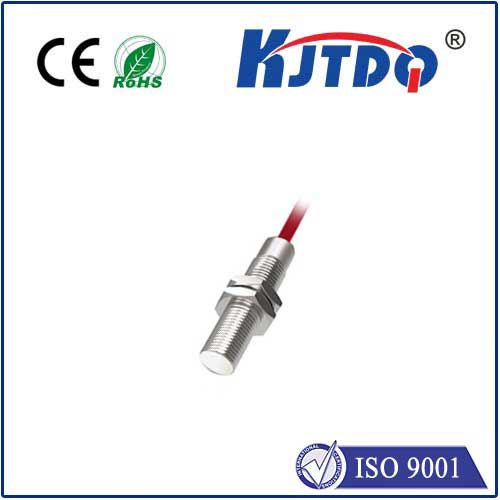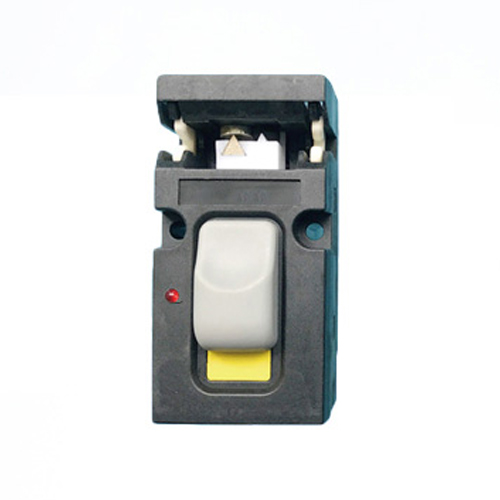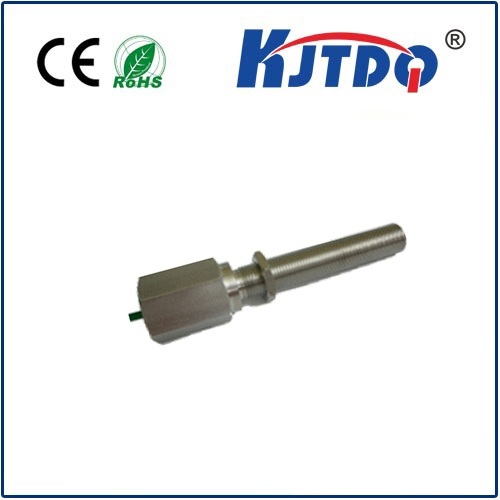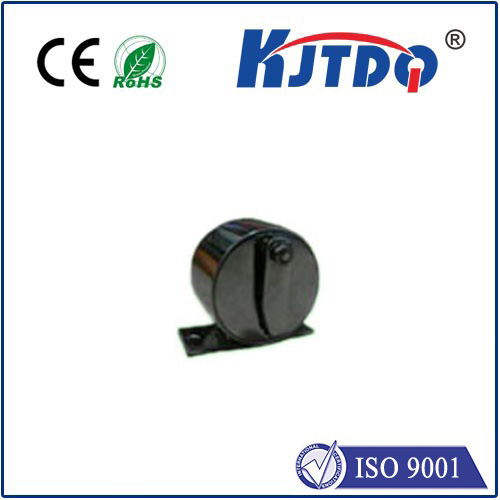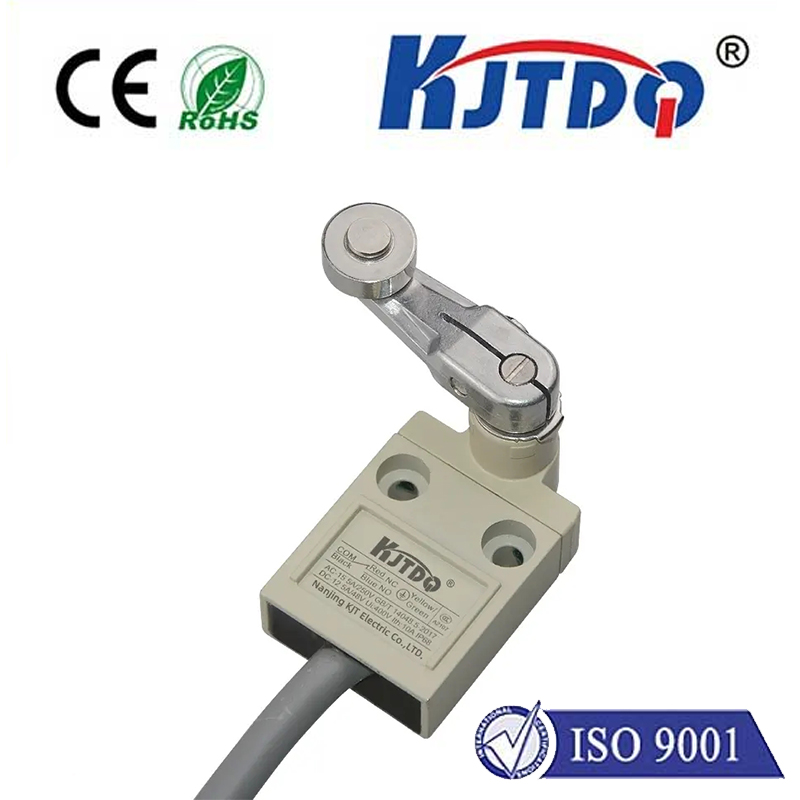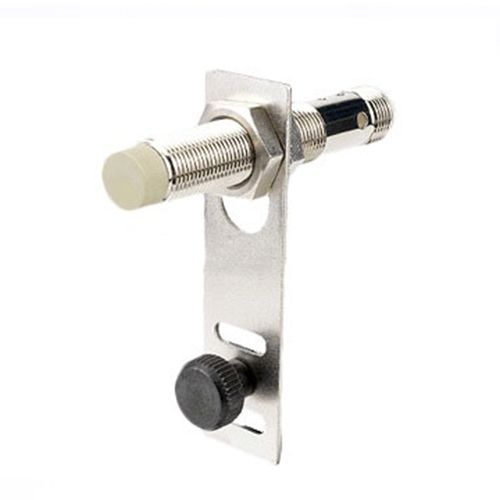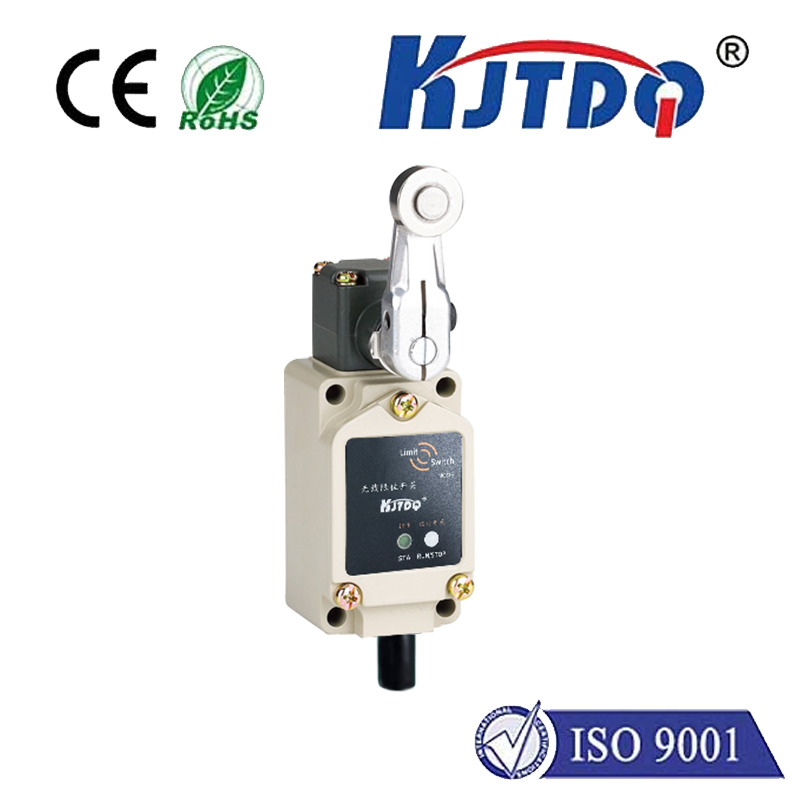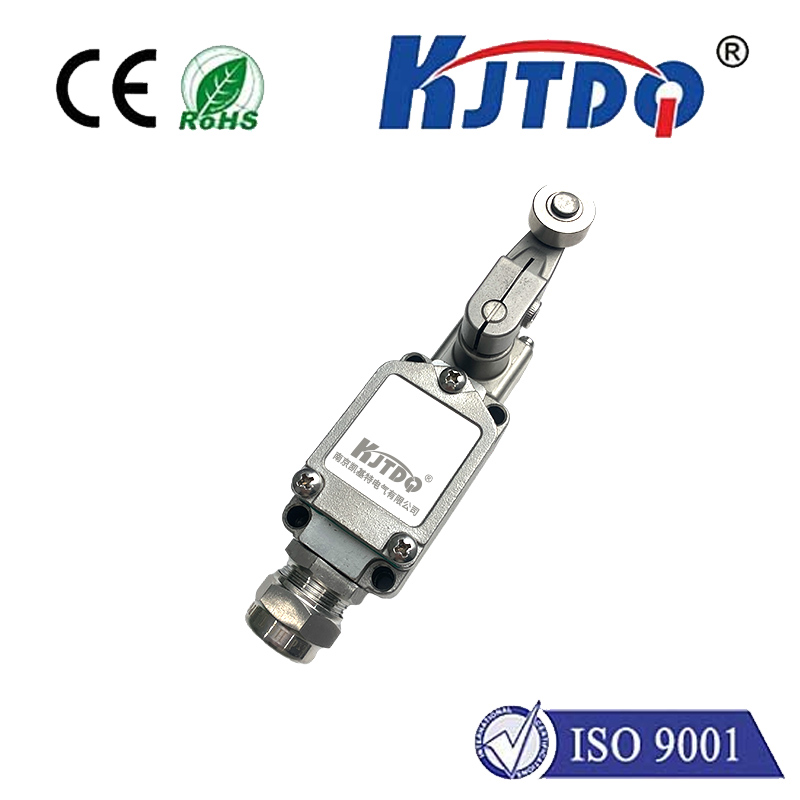

check

check

check

check

check

check

check

check

check

check
Imagine driving down a rain-slicked highway at night. Your headlights illuminate the road, but the wet asphalt scatters the light, creating a blinding glare. Ahead, a vital road sign should stand out, yet it seems washed out, its crucial message obscured. This frustrating scenario highlights a limitation of traditional high-visibility materials and underscores the innovative solution offered by polarized retroreflective technology.
Understanding the Building Blocks: Retroreflection and Polarization
To grasp polarized retroreflective systems, we must first understand its two core components.
Retroreflection: This is the remarkable property of certain materials to bounce light directly back towards its source, regardless of the angle it hit. Think of road signs, high-visibility clothing, or bicycle reflectors. When your car’s headlights strike them, they shine brightly back at your eyes, making the object highly conspicuous to you. Standard retroreflective sheeting relies on tiny glass beads or prismatic structures to achieve this directional return. It’s fundamentally about maximizing visibility by efficiently channeling light back.
Polarization: Light waves normally vibrate in all directions perpendicular to their travel path. Polarization refers to restricting these vibrations to a single plane – imagine light waves oscillating only up-and-down or side-to-side, rather than chaotically in all directions. Polarizing filters (like those in some sunglasses) block light vibrating in specific orientations, reducing glare from reflective surfaces like water or snow.

The Synergy: Where Retroreflection Meets Polarization
Standard retroreflective materials are incredibly effective but have drawbacks in complex lighting. They reflect light indiscriminately, contributing to overall glare, especially when wet. They can scatter light in ways that reduce contrast for the observer they are meant to alert, and their effectiveness can diminish under bright ambient light conditions.
Polarized retroreflective technology ingeniously combines these two principles. It integrates a polarizing filter directly into the retroreflective structure. Here’s the key innovation:
Key Advantages and Applications
This precise control over light offers significant benefits over standard retroreflective solutions:
Overcoming the Challenges
Integrating polarization effectively into retroreflective structures presents engineering hurdles. Maintaining high retroreflective efficiency (coefficient of retroreflection - Ra) while adding the polarizing layer is complex. Traditional designs using polarizing films over retroreflective sheeting can suffer from significant efficiency losses. Modern advancements focus on micro-structured polarizing elements, specialized coatings, and directional polarization filters embedded within or aligned precisely with the retroreflective optics (like cube corner prisms) to maximize light return in the desired polarized state. Material science and precision manufacturing are key to optimizing performance.
The Future Direction
Polarized retroreflective technology represents a sophisticated evolution in visibility solutions. It moves beyond simply bouncing light back to intelligently controlling the nature of that returned light for superior performance in complex visual environments. Research continues into improving efficiency, expanding viewing angles, reducing costs, and developing active polarized retroreflective systems potentially incorporating tunable polarization or integrated light sources for even more advanced applications in smart infrastructure and next-generation safety gear.
This technology offers a compelling answer to the visibility challenges posed by glare and scattered light. By harnessing the best of both worlds – the targeted return of retroreflection and the glare-combatting power of controlled polarization – it delivers enhanced safety and clarity precisely where it’s needed most.
